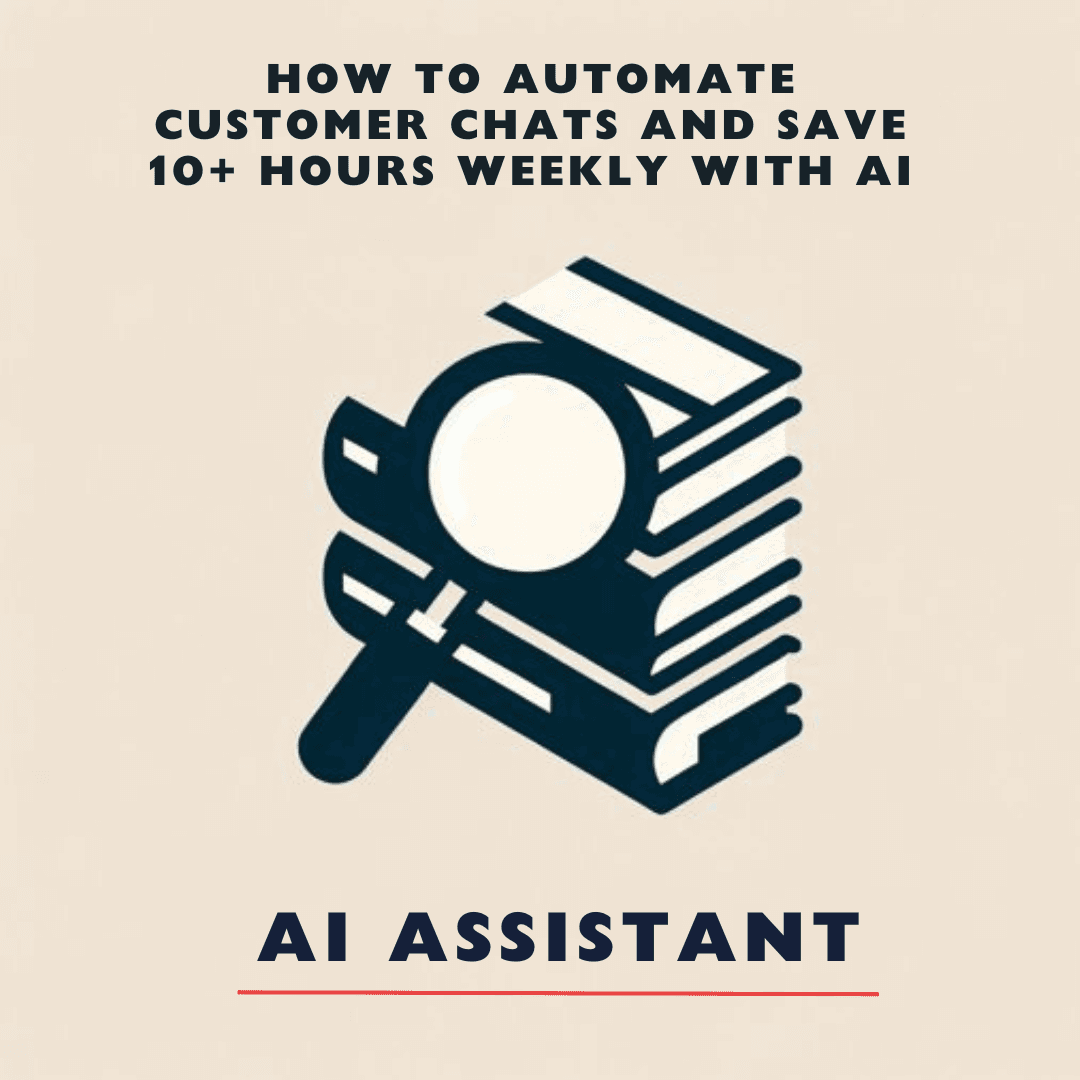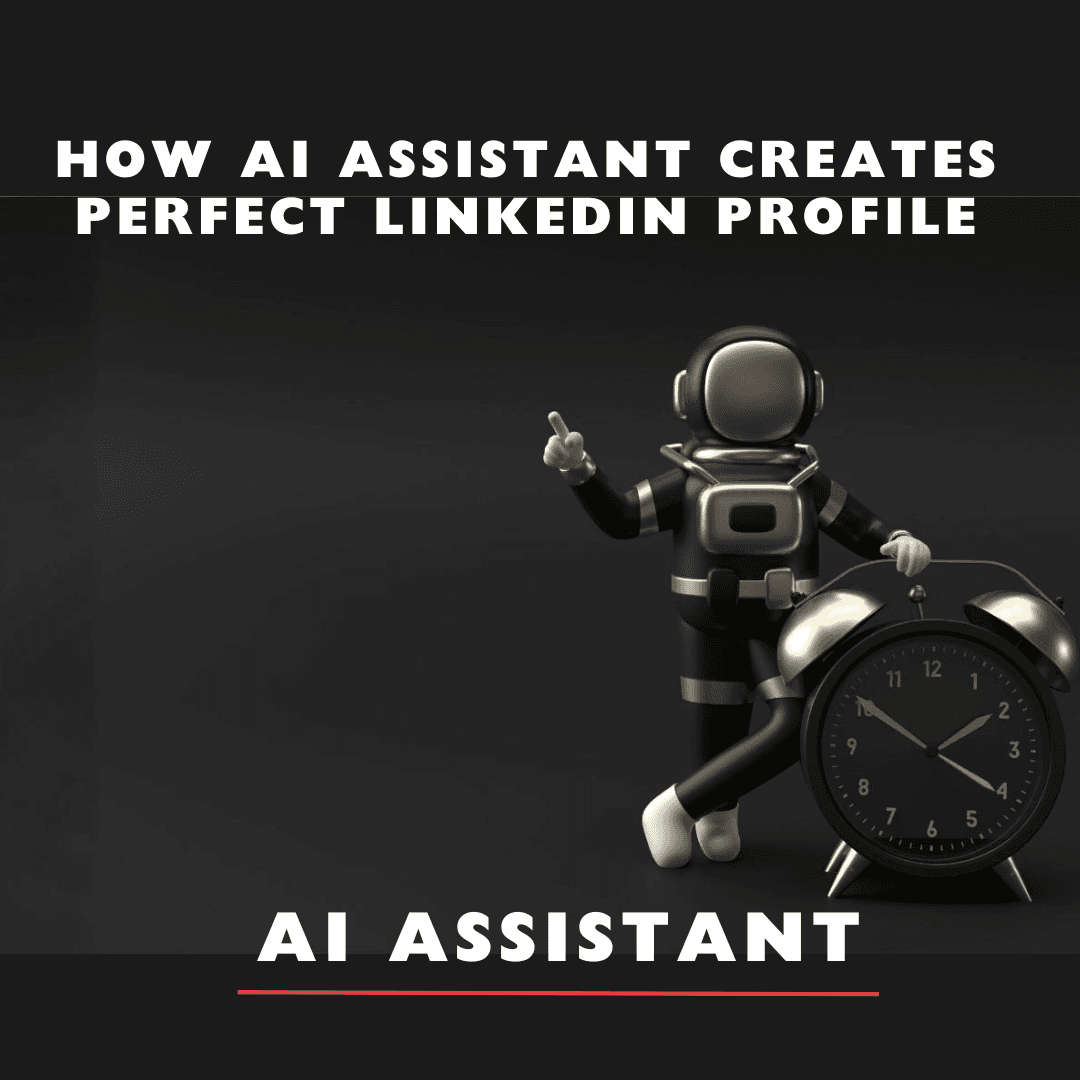Back
Feb 4, 2025
Why Instant Replies Are Non-Negotiable in 2025

Jennifer Lee
Introduction
According to Zendesk’s CX Trends Report, 72% of customers expect a response within 5 minutes of reaching out via chat. Yet, 68% of businesses struggle to meet this demand due to limited resources.
Question: Can automation maintain the human touch?
Answer: Yes! AI Assistant (aissistant.so) balances speed and personalization, turning chatbots into loyal allies for your brand.
Example: A Berlin-based e-commerce store reduced response time from 12 hours to 2 minutes, boosting customer satisfaction by 40%.
Part 1: The Cost of Manual Responses
Key Statistics:
53% of customers abandon brands after one poor chat experience (Intercom).
89% of support teams spend over 3 hours daily answering repetitive questions like “Where’s my order?” or “What’s your return policy?”
Question: How does AI Assistant tackle this?
Answer: By:
Learning from past conversations to predict customer needs.
Integrating with WhatsApp, Telegram, and Slack for seamless automation.
Adapting tone (formal, casual, empathetic) based on client profiles.
Part 2: Step-by-Step Setup Guide
Step 1: Define Triggers
Common triggers:
Keywords: “order status,” “refund,” “pricing.”
Customer sentiment: Detects frustration (e.g., “This is ridiculous!”) and escalates to human agents.
Step 2: Create Response Templates
Example template for shipping inquiries:
“Hi [Name]! Your order #[OrderID] is en route and will arrive by [Date]. Track it here: [Link]. Need anything else?”
Demo: [Screenshot: AI Assistant’s template editor with variables].
Step 3: Set Up Fallback Scenarios
Rule: If AI can’t answer, route the chat to a human agent + send an apology:
“Sorry, let me connect you with [Agent_Name]. They’ll help ASAP!”
Case Study: From Chaos to Clarity
Problem: A SaaS startup received 200+ daily queries across 5 platforms, leading to missed messages and angry clients.
Solution:
AI Assistant unified all chats into one dashboard.
Automated 80% of FAQs (e.g., “How to reset my password?”).
Added personalized post-purchase follow-ups.
Results:
70% faster response time.
35% fewer support tickets.
4.8/5 average chat rating (up from 3.2).
Part 3: 5 Mistakes to Avoid with Chatbots
❌ Over-automation:
Don’t automate complex issues (e.g., billing disputes).
❌ Ignoring Analytics:
Track metrics like resolution rate and escalation frequency.
❌ Static Responses:
Update templates monthly based on customer feedback.
❌ No Human Handoff:
Always offer a “Talk to a human” button.
❌ Forgetting Brand Voice:
A fintech bot ≠ a gaming community bot.
FAQ: Your Burning Questions, Answered
1. «Can AI Assistant Handle Slang and Emojis?»
— Yes! It learns from your chat history. Example:
Customer: «Where’s my stuff? 😤»
AI: «Tracking says it’s arriving today! 🚚 Stay tuned!»
2. «How to Prioritize VIP Clients?»
— Tag high-value customers (e.g., “VIP”), and AI will:
Skip queues.
Use premium response templates.
3. «Is Multilingual Support Possible?»
— Absolutely! AI Assistant works in 15+ languages, including Spanish, French, and Mandarin.
4. «Can It Integrate with CRM Systems?»
— Yes. Sync with Salesforce, HubSpot, or Zoho to auto-update client profiles post-chat.
5. «What About Data Privacy?»
— All chats are encrypted, and AI Assistant complies with GDPR/CCPA.
Conclusion: Automation Without Compromise
For Customers: Instant, 24/7 support.
For Teams: Focus on high-impact tasks instead of repetitive queries.
For Brands: Boost retention and cut costs by 50% (McKinsey).
Next Steps:
Start your free AI Assistant trial: aissistant.so.
Read our guide: «How to Automate Cold Emails Without Sounding Robotic».


























